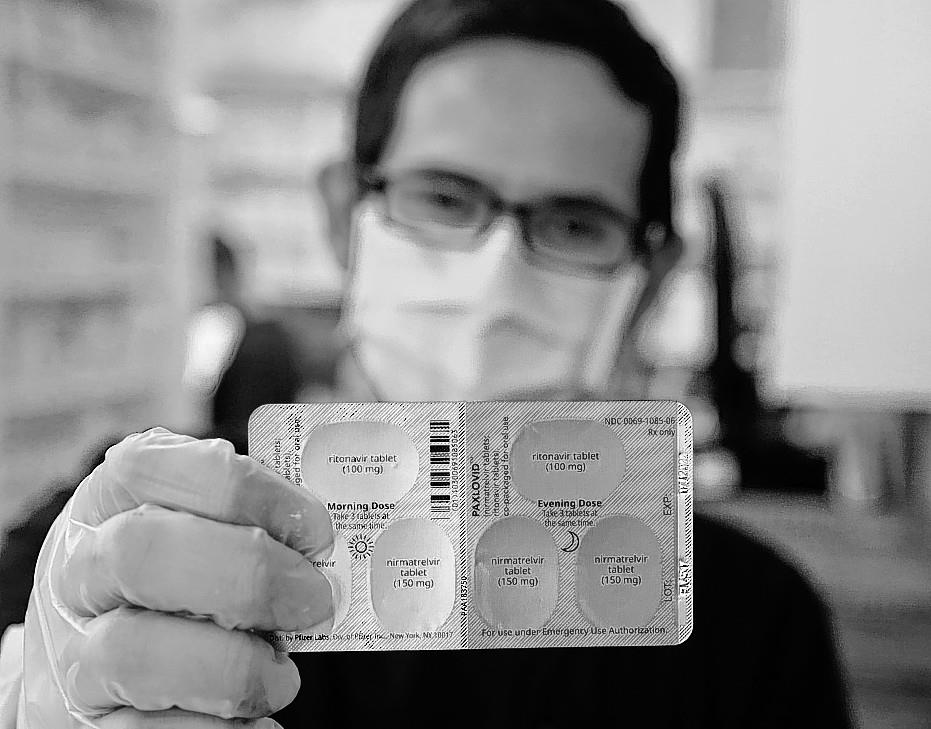A new report argues for a substantial investment in pathogen defenses, but Congress needs to act.
As its name suggests, a new, book-length report entitled "Getting to and Sustaining the Next Normal: A Roadmap for Living with COVID" offers a detailed guide for exiting the COVID-19 crisis.
But as valuable as the precise advice is from experts such as Minnesota's Mike Osterholm, one of the report's key contributions is spotlighting a broader principle that should galvanize our response to this viral threat.
That critical concept: "biosecurity." It's not a new idea, but it's one whose time has come. It simply means that protections and preparations against dangerous biological agents are essential ingredients for national defense.
Commitment and investment are critical after COVID revealed health and economic vulnerabilities. The report's authors, including Osterholm and 22 other leading scientists from private and public sectors, offer benchmarks for gauging progress on COVID containment. They also argue compellingly, using the biosecurity framework, for substantial investment to guard against future disease threats. The estimated price tag: about $160 billion over three years, then $10 billion to $15 billion annually.
Among the objectives are improving domestic and global vaccine manufacturing capabilities, developing a "pancoronavirus" shot to guard against an evolving COVID virus, strengthening disease surveillance, improving indoor air quality in schools and public buildings, and "developing a multi-drug antiviral therapeutic."
That last goal especially warns against complacency. The rapid development of a Paxlovid, a highly effective treatment for those infected with COVID, has been a triumph. But, as the report notes, this wily virus could develop resistance to it and other medications. Thwarting that would yield dividends in developing treatments for other pathogens as well.
Both short- and long-term strategies are needed. Thus, the need for policymakers to shift from pandemic crisis response to the broader biosecurity framework. Unfortunately, a new snag in congressional COVID funding doesn’t inspire confidence.
Even as rising COVID cases in Europe and Asia signal another variant’s rise, congressional dallying is jeopardizing the $15.6 billion requested by the White House to continue the nation’s domestic and global COVID response. The dollars are needed to ensure plentiful U.S. supplies of tests, medical equipment and treatments. Hopefully, these won’t be necessary. But preparation remains vital.
“The Biden administration needs the funding to purchase and stockpile the tools we need to keep ourselves and our families safe and healthy if and when the next COVID variant emerges,” Sen. Tina Smith, D-Minn., told an editorial writer. “This includes tests, masks, treatment pills, and PPE. We also need funds for additional booster doses, vaccines for children under 5, and the global vaccination effort to stop future variants in their tracks.”
At the heart of the funding snag: a dispute over to whether to pay for the $15.6 billion plan by redirecting stimulus dollars already pledged to states. Republicans are the main advocates for redirecting state dollars, according to the Washington Post.
It’s worth noting that not all states will lose out on American Rescue Plan funds if this approach is taken. Twenty states already have received their full allotment. But 30 states, Minnesota among them, have not. Dollars repurposed for the federal COVID response would come from the funds pledged to these 30 states.
Clawing back these dollars from some states but not all raises fairness issues. Reneging is also unwise given the uncertainties of an ongoing pandemic. The nation’s health response shouldn’t require looting dollars set aside for states’ economic recovery.
The “Roadmap” report drives home how much work lies ahead. “In the United States, a country with 330 million people, the transition to the next normal can occur when the National Center of Health Statistics measures the direct mortality from major respiratory illnesses to average 165 deaths per day and 1,150 per week,” the authors write.
The death toll from COVID going into March 2022: “Over 10 times higher.”
The nation’s leaders need to shoulder their biosecurity responsibilities.
Swift passage of the $15.6 billion in funding is necessary but just the start.



 RSS Feed
RSS Feed